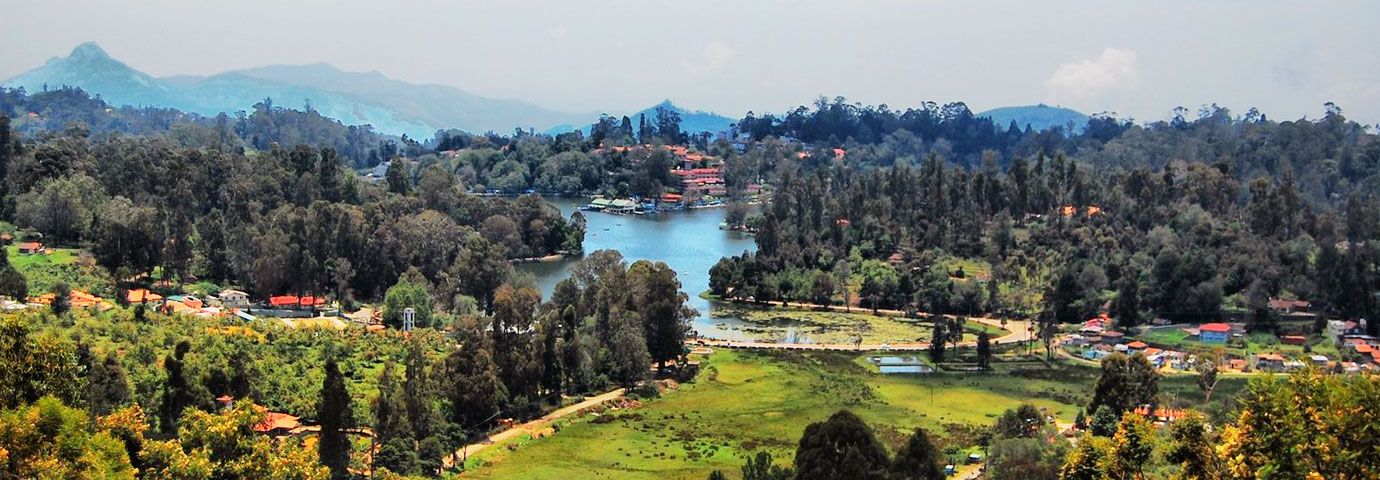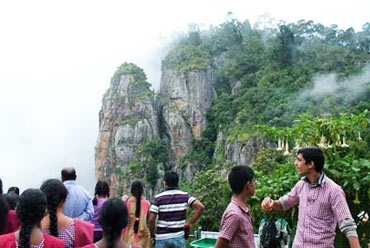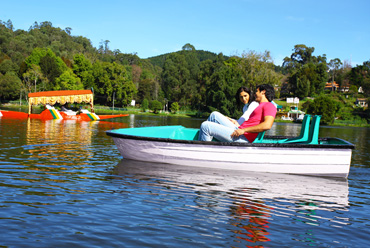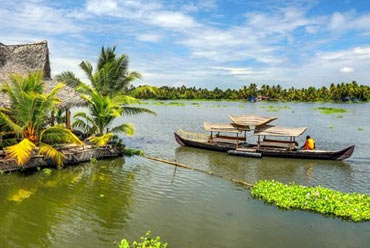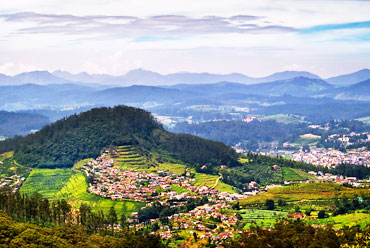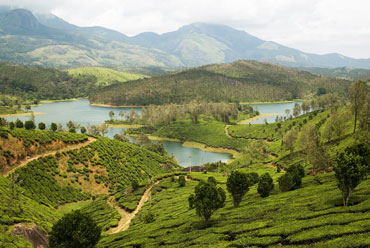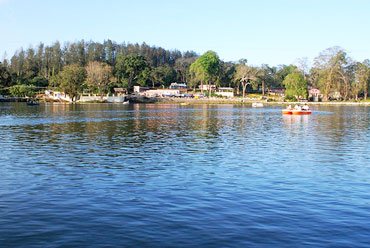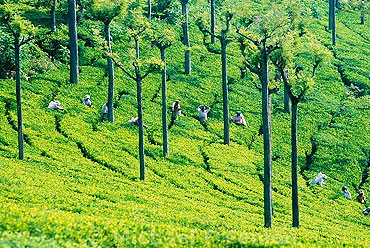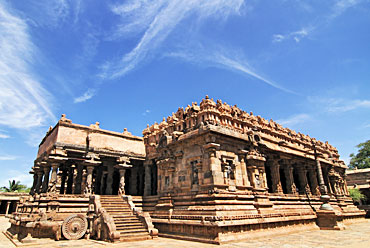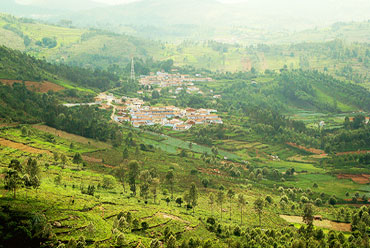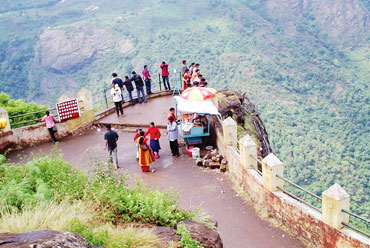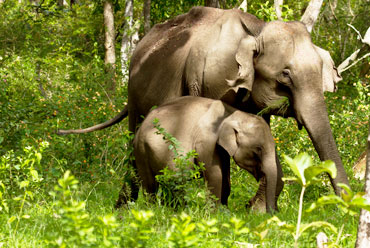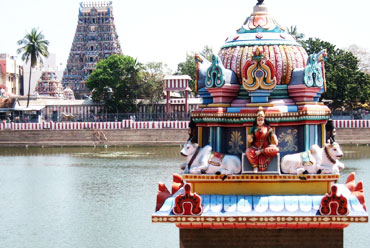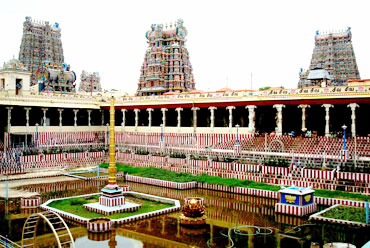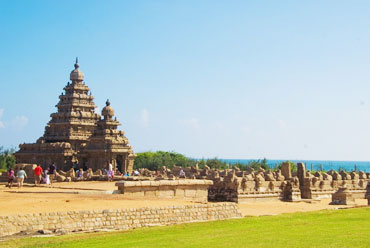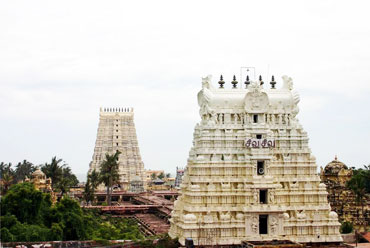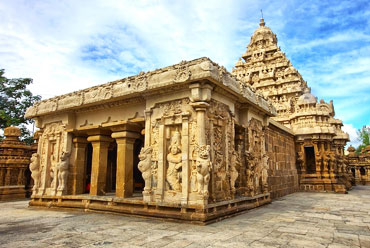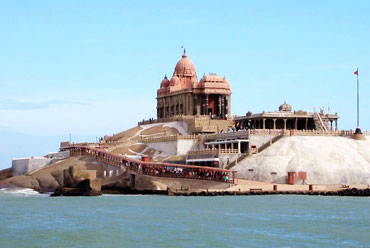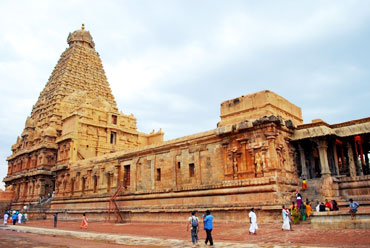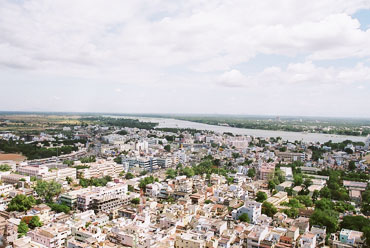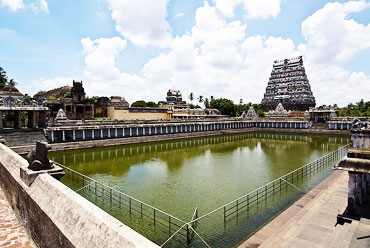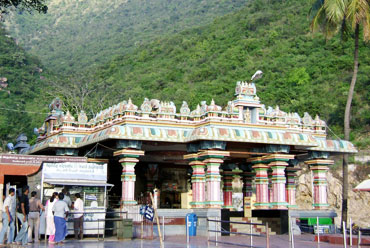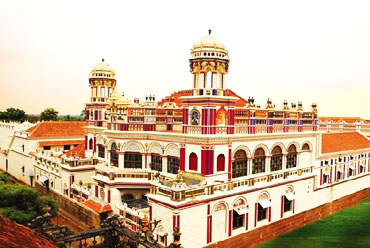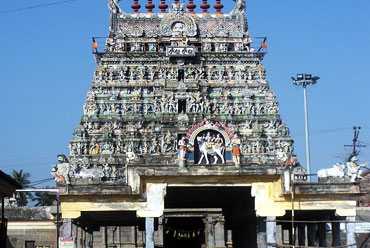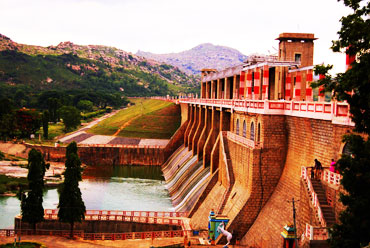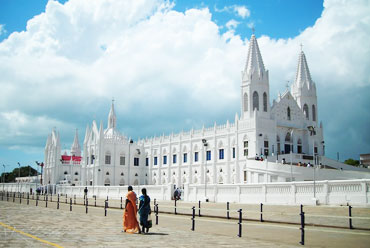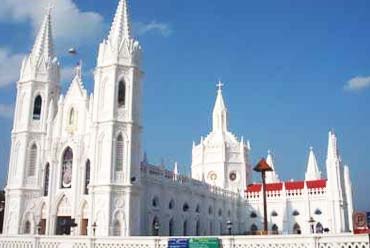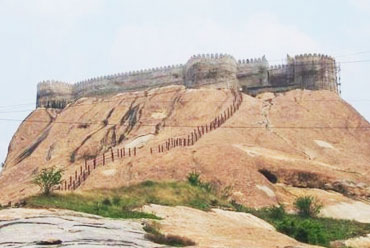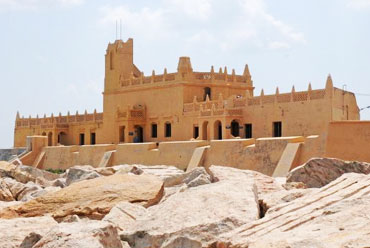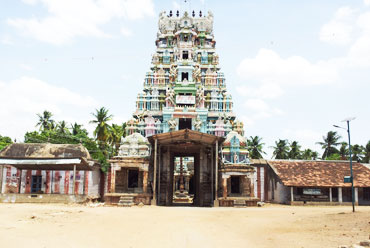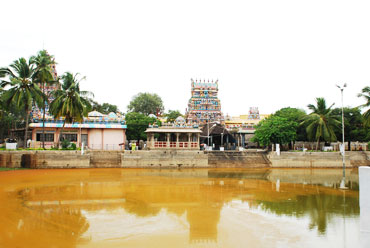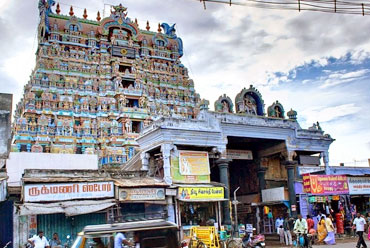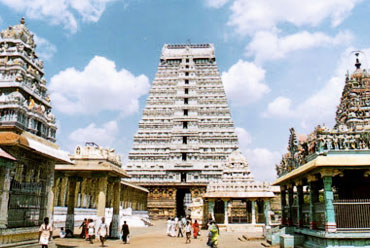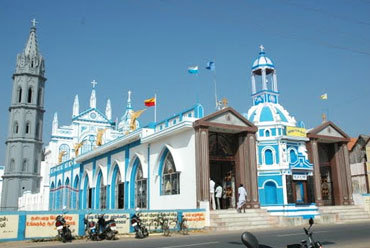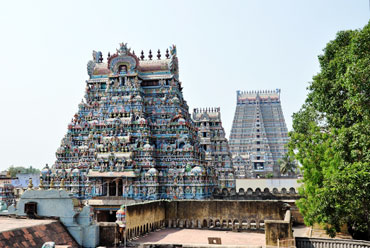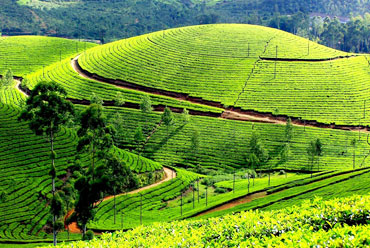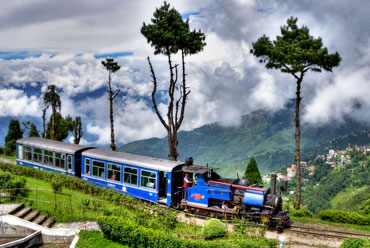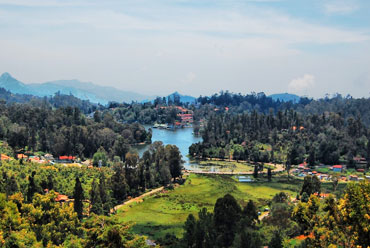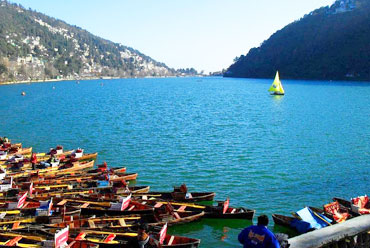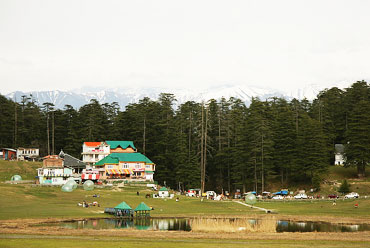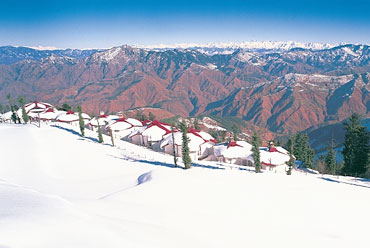Location
Tucked away among the Palani Hills in Tamilnadu, in South India, and jealously guarded like a prized jewel by the dark forests, is Kodaikanal. In fact, the name itself means 'gift of the forest' in Tamil. A more appropriate and evocative name could not have been imagined for this quaint, unspoilt little hill station, where the air is intoxicating, the scenery breathtakingly beautiful, and serenity seldom found in other hill stations.
Cradled in the southern crest of the upper Palani Hills, in the Western Ghats, 120 km from Madurai, Kodaikanal is located 2133 m above sea level. Founded by American missionaries in 1845, Kodaikanal is steeped in history. Relics and artifacts of the Paliyans who once lived in these hills can still be seen in the Shenbaganur Museum. Even today, a few Paliyans can be seen near Kukal Cave. In the early days, there were no roads-people had to travel by bullock-cart and palanquin, braving the dangers of the forests. Slowly Kodaikanal developed, missionaries established church properties, many of the then ruling princes built summer holiday-homes, clubs were opened, school and hotels were built, and civic amenities were introduced.
Arriving in Kodai town, one is greeted by orchards of pear trees with their graceful branches silhouetted in artistic curves against the evening sky like stark Zen etchings. Buildings with gabled roof dot the skyline. Broken fragments of light from the setting sun are caught and kindled in the wind-rippled water appearing like a myriad lamp floating on the lake. Soon, as though on cue, lights start twinkling all over the hillside, and even the stars pick up the message, and heaven and earth are a riot of light, as though beaming messages of goodwill to each other.
Tourists Attractions
The Kodai Club gives the impression of stepping back into colonial India. The lounge with its period fireplace, the piano, the Leigh Hunt prints, the library stocked with books by Evelyn Waugh, Anthony Trollope, and the bar with stuffed heads of bison, tigers, deer-horns, and a picture of the Laughing Cavalier by Franz Hals, the restaurant with old English plates, a glowing hearth-fire, and landscape prints, are all British legacies. Cinnereras and primulus add to the English atmosphere, and again one is struck by the predominance of the lilac-purple theme. The dinner consisting of steaming mulligatawny soup, roast chicken and potatoes, and apple pie, is a further British legacy.
As one relaxes in the comfortable chamber of the Kodaikanal Club, a cheerful log fire dances a tableau of flame and shadow on the hearth, keeping out the chill of the night.
One wakes up with an air of expectancy refreshed after a good night's sleep. The tree-fringed lake greets one in the crisp early morning. One realizes that the lake is the cool heart of Kodaikanal. It is the legacy of the then Collector, Sir Vere Livinge, who formed it by damming the valley where three streams flowed. It spreads over an area of 60 acres and is skirted by a three-mile tarred road. There is a Boat Club and a public ferry.
Just across the Kodaikanal Club is the Kodaikanal School-an imposing campus of verdant manicured lawns, dignified trees and solid stone buildings. This coeducational, English medium boarding school offering a pre-university curriculum in 12 grades, prepares students for entrance to Indian and worldwide colleges and universities through the Kodaikanal School Diploma. Selected students are prepared to write the external exams of the International Baccalaureate, based in Geneva. More than 30 nationalities are represented in the school community of students and staff. On the wall of the principal's outer office is a plaque emblazoned with an appropriate quotation from the French philosopher Teihard de Chardin: "Joy is the infallible sign of the presence of god."
Almost cheek by jowl with the Kodaikanal School is the Lutheran Church-a Gothic stone building with stained glass windows and modern paintings and batiks portraying scenes from the life of Christ. Nearby is an even more famous church-Christ the King Church-again, a very Gothic and solemn granite structure with stained glass windows.
The names of the buildings in Kodaikanal are very evocative: 'Loch End' and 'Mansarovar'-these two houses by the lakeside bridge the time span from colonial times to the present; Hillbrook, Furzbank, Wood-cote, Whispering Pines, and Rock Cottage-all conjure up the beauty and spirit of their natural ambience.
Jacaranda trees burst out in purple profusion, as though singing hosannas to the skies. Magnolia trees guard their 'escaping' fragrance, while cherry trees sweep in graceful pink arcs.
On the east side of the lake is Bryant's Park, named after the forest officer who planned its layout around the turn of the century. Beautiful pine and eucalyptus trees grow here. There is one ancient eucalyptus tree dating back to 1846, which is 250 feet high and 10 feet wide. The well-laid out gardens contain many annuals and perennials like azaleas, watsonias, dahlias, stock, primulas, fusschias, asters, etc. Many exotic varieties of orchids are housed in the Orchid House. Walking along the lotus pond, the memory of a verse learnt in childhood comes to mind:
-
Four ducks on a pond,
-
A grass bank beyond,
-
White clouds on the wing;
-
What a little thing
-
To remember for years,
-
To remember with tears.
About a kilometer from the lake is Coaker's Walk, named after St. Coaker of the Royal Engineers, offering a fantastic view of the plains and the distant hills. There is a rugged pristine beauty about these vistas, and the mist rising in veils from the valley below, gives the place an unreal quality.
Driving along the cool green darkness with the trees making a canopy overhead, one reaches Green Valley View. Gnarled cypress roots make a natural crazy path to the sheer drop of 1,000 feet that overlooks the Vaigai Dam. Clouds are banked like snow, and violet haze envelopes the distant hills. Here too, the mist rises from the valley, imparting a solemn, out-of-this-world beauty to the scene. The exclusive Kodai Golf Club is very near Green Valley View.
Past the Golf Club is the 114-acre Golf Links, another colonial legacy-an undulating green velvet carpet. Thick woods line the road leading to the Pillar Rocks. These are three vertical pillars standing shoulder to shoulder measuring 112 m. The ground drops sheer below them, creating a dramatic impact and affording a stupendous view of the valley below. Soon mists wrap up the pillars in mystery and one wonders whether they are real, or whether they were a figment of one's imagination. Then the sun melts the mists away and the rocks rise, solemn and majestic, dappled in sun and shadow: the effect is ethereal and awe-inspiring.
The abundance of pear orchards is a striking feature of the Kodaikanal landscape. Here and there, a solitary snowy blossom seems to peep out tentatively to reconnoiter the weather conditions, and one has a hint of the profusion of pear blossoms to follow, when the branches would be heavy with their own blooms, leaving scant room for leaves.
A sheer lacy curtain of water, so aptly named 'Fairy Falls,' is nearby. About five and a half km from the lake is the Shenbaganur Museum, maintained by the Sacred Heart College, a Theological Seminary founded in 1895. The stuffed-birds and the butterfly collection are remarkable. The archeological collection is meticulously documented. One can see the implements and the burial urns of the Paliyans here. One of the best orchidariums in the country, with more than 300 species of orchids, is also located on the premises of Sacred Heart College.
Best time to visit Kodaikanal
As an exotic hill town, Kodaikanal has pleasantly moderate climate for most of the part of the year, even though its location lies in the sweltering South Indian state of Tamil Nadu. A year wise break-up of seasons of Kodaikanal can be given below.
Summer
The summer season stretches from March to May. But due to elevation, the temperatures does not rise appreciably and mercury alternates between 20-34 degrees. Due to the pleasant weather, this is a good time to visit Kodaikanal for sightseeing and vacations.
Monsoon
The monsoon months are from June to September. The region receives average rainfall and the whole area becomes flourished with verdure and freshness. This is a great time to witness the amazing beauty of Kodaikanal, although it can become difficult to move around and enjoy its breathtaking picturesque sights.
Winter
The winter season extends from November till the month of January. The weather remains wholly pleasant and maximum temperature does not rise beyond 30 degrees. This is by far the best time to visit Kodaikanal and revel in its outdoor sights as well as engage in adventurous activities like trekking. Also tourists can participate and enjoy the festival of Pongal which is celebrated during this time.
The nearest airport is Madurai, 120 km away. It is well connected to other airports. The nearest railhead is Kodai Road Railway Station, which is 80 km away. Kodaikanal is connected by road with important towns like Madurai, Palani, Kodaikanal Road, Theni, Dindigul, Tiruchirapalli, Kumuli (Thekkady) and Coimbatore. We would provide you all India tourist permit vehicles for the local transportations and also for the intercity drives too.

